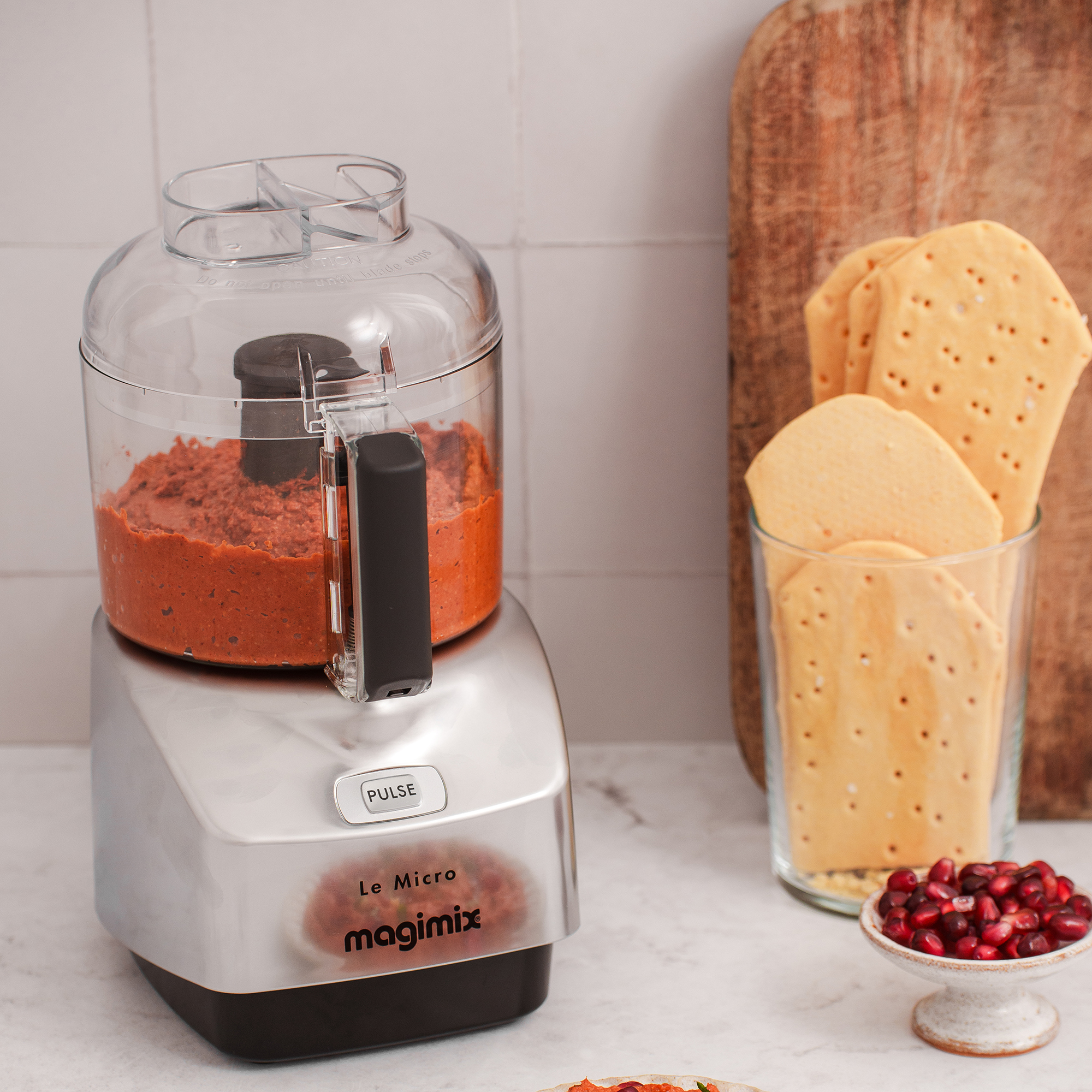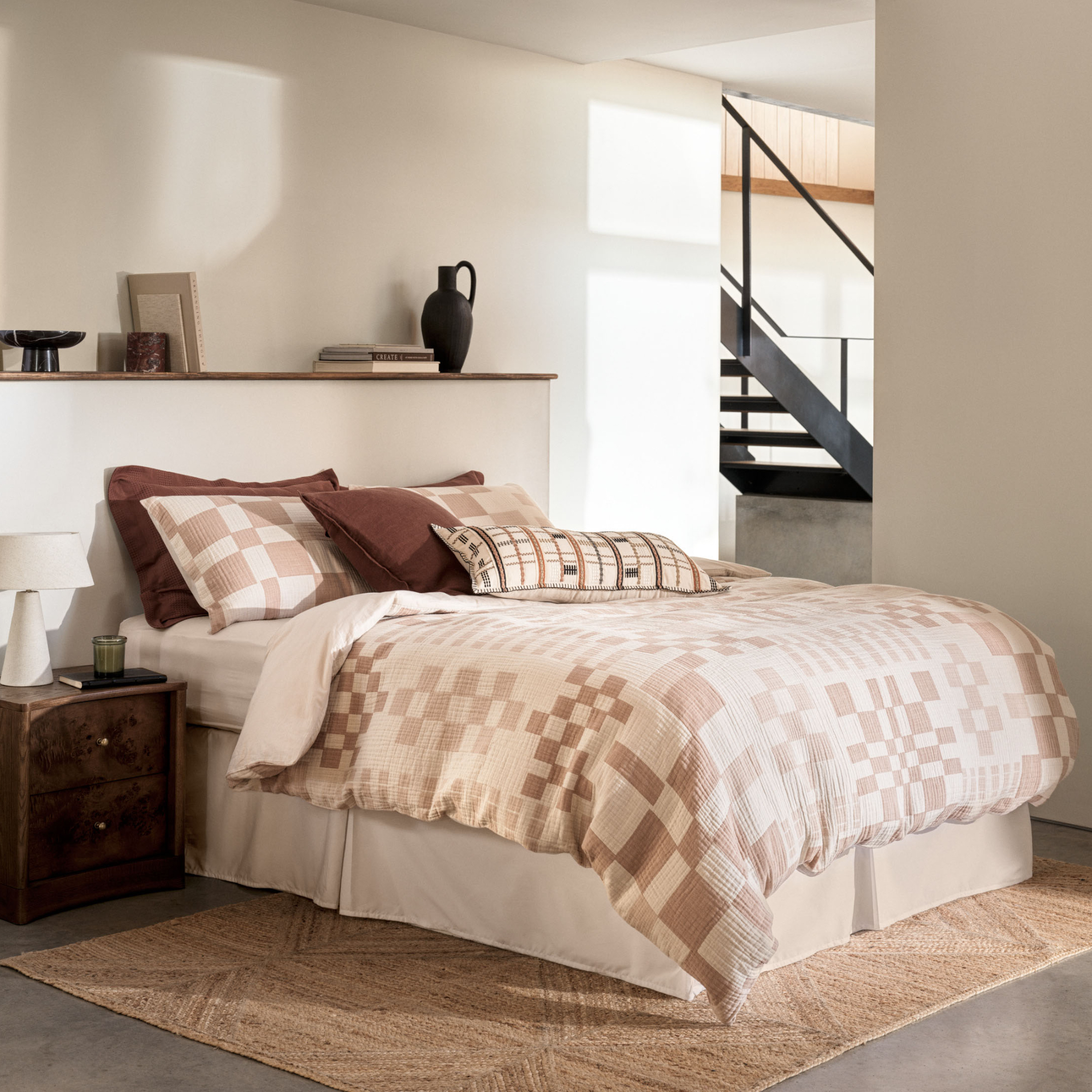What is a memory foam mattress? The pros and cons of this marmite mattress style
Everything you need to know about a memory foam mattress before investing


Trying to figure out what constitutes a memory foam mattress and if it’s the right sleep surface for you? You probably want to know why they’ve become such a big deal, too. Well, you’re in the right place.
Finding the best mattress for you is no easy task. As a mattress reviewer and sleep writer, I’ve tested pretty much every big memory foam brand and am here to give you the low down on memory foam mattresses.
What is a memory foam mattress?
A memory foam mattress is a mattress that is entirely made up of foam. Usually, it’s a dense foam base layer, topped with the type of foam we know as “memory foam”.
‘Most memory foam mattresses consist of only 1 to 4 inches of memory foam on top of a standard base material,’ says Dr Oxeman, sleep expert and Chief Global Sleep Science Officer at Sleep.8.
There are also mattresses that combine memory foam and springs, and these are hybrid mattresses. In this article we’re looking at the foam-only option.

So-called memory foam was popularised in the 1990s, when it revolutionised the mattress industry. But the material was first used to relieve pressure aboard space craft in the 1960s. ‘Memory foam gained popularity in the bedding and furniture industry when it was discovered that NASA used this type of foam in seating for astronauts,’ says Dr Oxeman.
And it’s that pressure relief that makes memory foam so great for mattresses. Memory foam gives that sinking feeling as you lie or sit down. This is a polarising sensation. Some people love the feeling of being gently hugged all night, and other people find it restrictive.
Get the Ideal Home Newsletter
Sign up to our newsletter for style and decor inspiration, house makeovers, project advice and more.
For a while back in the early 00s, memory foam had a reputation for overheating sleepers. But mattress technology has come on leaps and bounds over the last 20 years, and this should no longer be the case.
What are memory foam mattresses made from?
‘Memory foam mattresses are made from polyurethane foam,’ says Laura Tudor, John Lewis & Partners’ Bedroom Furniture, Filled Bedding and Mattress buyer. ‘Memory foam mattresses mould to your body shape helping to relieve pressure points and align your spine.’
‘Memory foam is a type of polyurethane foam with added ingredients that reduce the recovery of the foam when a load is applied and then removed,’ says Dr Robert Oexman. ‘It is often described as “slow recovery” foam due to the unique nature of seeing an imprint in the foam, for a short time, when a load is removed from the surface.’
Different brands have slightly different “recipes” for their memory foam. Tweaking the balance in the foam gives different mattresses a slightly different feel. So not every memory foam mattress feels the same.

What is the difference between a memory foam mattress and a regular mattress?
The difference between memory-foam and regular mattresses is just literally what’s inside. It sounds simple because it is. Memory foam mattresses are made from base foam and memory foam, whereas so-called regular mattresses are made from other fibres and usually contain springs.
‘The difference between a memory foam mattress and a regular mattress is that the support and comfort in a memory foam mattress is provided via the foam, says John Lewis & Partners’ Laura Tudor. ‘Whereas a regular mattress combines the use of springs with comfort layers, which can either be natural or man-made fibres.’
You won’t get that sinking feeling with non-memory foam mattresses. Unless of course you opt for one of those hybrid mattresses that some people find are the best of both worlds.
What are the benefits of a memory foam mattress?
1. Comfort
A lot of people find memory foam mattresses hugely comfortable as they nestle you and relieve pressure points.
‘From my experience of working with hundreds of people with sleep problems, I have found that the one type of mattress and mattress topper that people often refer to as being extremely comfortable is the memory foam mattress,’ says Dr Maja Schaedel, Co-founder and Director of The Good Sleep Clinic and clinical psychologist.
‘If [you] are able to enjoy the experience of sinking into the mattress then this distracts from the urgency to fall asleep and can help to change the bedtime experience from something [you] are dreading to something [you] look forward to. Half the battle with sleep is changing our negative associations that have built up with bedtime and so a mattress you look forward to sinking into is always helpful,’ says Dr Schaedel.

2. Relieves aches and pains
‘Memory foam mattresses help to relieve pressure points as they mould to your shape. By moulding to your shape they help to reduce movement whilst you sleep,’ says Laura Tudor at John Lewis & Partners. This is great if you often wake up with sore hips or shoulders from sleeping on them for long periods of time.
Memory foam can also help keep your spine aligned, as it levels your body out. This is the ideal posture for sleeping.
3. Hypoallergenic
Because memory foam and other foams in memory foam mattresses are so dense, it repels allergens such as dust mites. This makes them a great mattress for people with allergies.

4. Plenty of choice
There are so many memory foam mattresses on the market. This means whatever your budget or criteria, there is probably a memory foam mattress to suit you. Because it’s such a competitive market, many memory-foam brands also offer sleep trials, great guarantees and often have sales on.
5. Great for motion isolation
‘Memory foam mattresses are good for reducing motion transfer so you don’t disturb your partner when you move,’ says Simon Williams at the National Bed Federation. This could be the end to your sleepless nights and save your relationship too.
What are the disadvantages of a memory foam mattress?
1. Can be restrictive
Some people are seriously irked by the memory-foam mattress hug. It can make some people feel claustrophobic. ‘The sinking sensation of memory foam is not for everyone, so it’s really important to try your mattress before purchasing,’ advises Laura Tudor from John Lewis & Partners.
And those who like the freedom to move and stretch at night can find memory foam restrictive. A sprung mattress is probably better for you if you find this is the case.

2. Some are still hot
Not all memory foam mattresses are built equally, and while technology has improved to stop memory foam overheating sleepers, some can get very hot when you sleep on them. ‘Although advances in foam technology and fabric technology have improved temperature regulation, some people are warmer sleepers so a memory foam mattress may not be ideal for them,’ says Simon Williams from National Bed Federation.
During testing, I tend to find the cheaper memory foam mattresses are more liable to overheating you as you sleep. Always spend what you can afford on a mattress.
Is memory foam bad for your back?
‘Memory foam mattresses are good for those customers who need support or suffer with a bad back,’ says Laura Tudor at John Lewis & Partners. ‘The memory foam helps to maintain spinal alignment by reducing movement whilst you sleep. The memory foam also moulds to your shape helping to relieve any pressure points.’
However, memory foam might not be the miracle cure you’re looking for. ‘Good or bad is highly dependent on the body type of the sleeper and the cause of the back pain,’ advises Dr Oexman from Sleep.8.
Our favourite memory foam mattresses

Tempur is widely accredited with creating the very first memory foam mattress. It comes in three different firmness options to find the right fit for your sleep preferences.

The affordable entry-level Emma Original is an all-foam mattress topped with a layer of cushioning memory foam

If you're not sure that a memory foam mattress is the best fit for you, then Nectar offers one of the longest sleep trials in the business, with 365 nights to test it out
If you suffer from a bad back – or even if you don’t – make use of the sleep trials on mattresses. If they’re not available on the mattress that’s caught your eye, then find a store where you can go in and try it.

Zoe is a freelance journalist and content strategist. Her career has traversed kids' publishing, women's lifestyle magazines, luxury property and content marketing. She's worked for the BBC, STYLIST, Marie Claire, heat, Wallpaper*, InStyle, The Sunday Times Style, Ocado, Christie's and more. She now regularly writes about interiors and sleep for a range of media – what she doesn't know about mattresses isn't worth knowing.
-
 Dahlia gall could be wreaking havoc on your garden plants – here's how to spot it, and what to do if your plants are infected
Dahlia gall could be wreaking havoc on your garden plants – here's how to spot it, and what to do if your plants are infectedNip it in the bud before it affects the rest of your garden
By Sophie King
-
 This is the best place to plant wisteria if you want beautiful romantic blooms, according to garden experts
This is the best place to plant wisteria if you want beautiful romantic blooms, according to garden expertsThis beautiful flower is on everyone's garden wishlist, and this is exactly where to plant it for best results
By Kezia Reynolds
-
 Zoe Ball's colourful kitchen island shows how easy it is to create a characterful cooking space - here's how she did it
Zoe Ball's colourful kitchen island shows how easy it is to create a characterful cooking space - here's how she did itBeing brave with colour will reap huge rewards
By Holly Cockburn
-
 I won't gatekeep – Magimix's new small kitchen-friendly mini chopper is my secret to delicious lazy dinners
I won't gatekeep – Magimix's new small kitchen-friendly mini chopper is my secret to delicious lazy dinnersMy homemade pesto pasta has never been better
By Holly Cockburn
-
 'I've now bought 3 different colours' – my favourite affordable linen bedding is currently half-price, and the 5-star reviews speak for themselves
'I've now bought 3 different colours' – my favourite affordable linen bedding is currently half-price, and the 5-star reviews speak for themselvesThe half-price linen bedding that owners can't stop raving about
By Amy Lockwood
-
 Want to cook like Jamie Oliver? This is the top-rated casserole he uses from his own collection all the time on Instagram
Want to cook like Jamie Oliver? This is the top-rated casserole he uses from his own collection all the time on InstagramJamie's collaboration with Tefal has led to this casserole dish getting the best user reviews I've ever seen
By Molly Cleary
-
 I’ve found a stunning £40 buy that rivals Le Creuset at Wilko - this casserole dish is a dead ringer for one of the most summery colourways
I’ve found a stunning £40 buy that rivals Le Creuset at Wilko - this casserole dish is a dead ringer for one of the most summery colourwaysYou just can't beat finding a great Le Creuset alternative
By Kezia Reynolds
-
 This beautiful mixing bowl is the unexpected star of so many kitchens – including Mary Berry's and the Bake Off tent
This beautiful mixing bowl is the unexpected star of so many kitchens – including Mary Berry's and the Bake Off tentThis earthenware bowl proves that you don't have to spend a huge amount for a classic kitchen addition
By Molly Cleary
-
 Dunelm has given its cult snuggle chair a new look - it's swapped classic stripes for another emerging pattern trend
Dunelm has given its cult snuggle chair a new look - it's swapped classic stripes for another emerging pattern trendI'm obsessed with this fresh new style
By Kezia Reynolds
-
 I tried Joseph Joseph's pan set with foldable handles – the space-saving design is just one of the many highlights
I tried Joseph Joseph's pan set with foldable handles – the space-saving design is just one of the many highlightsSmall kitchen? I tested this innovative Joseph Joseph space-savvy set which has foldable handles — and I loved it
By Annie Collyer
-
 As a stylist, I spend hours looking for bedding for photoshoots, and I just spotted these 6 expensive-looking sets at M&S
As a stylist, I spend hours looking for bedding for photoshoots, and I just spotted these 6 expensive-looking sets at M&SGet a little luxury at a high-street price
By Laurie Davidson